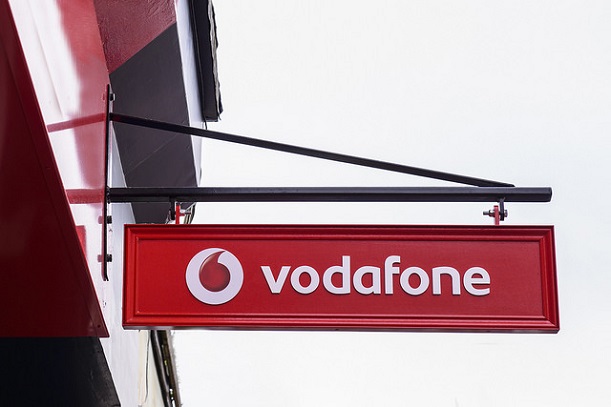Operators are losing IoT customers to nimbler upstarts because of the drawn out standardisation process, a senior Vodafone Group executive has claimed, adding the operator is “on the verge of losing patience” with 3GPP.
Luke Ibbetson, Vodafone Group R&D Director, said operators are turning away customers because a viable, standardised IoT specification is not in place.
Currently, 3GPP is thrashing out the details of the forthcoming NB-IoT standard. The specification will be a mixture of the NB-LTE technology backed by the likes of Ericsson and Nokia, and the C-IoT standard developed by the likes of Huawei and Vodafone.
Ibbetson said he expected the details to be confirmed by March, with the first devices hitting the market by the end of next year.
However, he attacked the process as too slow. While not naming them specifically, enterprises and operators have been flocking to solutions such as Sigfox and LoRa to underpin their low powered wide area network.
Bouygues Telecom has used a LoRa-based network to power smart parking in France, while Orange is also looking to the technology to power its IoT network, which goes live next year.
[Read more: LPWAN set to damage operators’ hold on IoT market, report claims]
Speaking to delegates at Huawei’s Global Mobile Broadband Forum in Hong Kong, Ibbetson said: “Quite frankly we don’t have the right solution to serve customers in this space. We are having to turn away very good profitable customers because we can’t deliver the solution they need.”
He added: “We are on the verge of losing patience with the provess. It takes too long. If it takes forever to work out a standard for a tech that people want to use today, it’s quite frustrating.”
Ibettson said the standardisation process “does not consider” the commercial pressures operators are under. He said device cost “was absolutely critical” to get right and more important than the tech itself. He said: “We are not looking for the finest engineering solution. We are looking for the solution that’s the right cost.”
Speaking at the same event, Orange’s Arnaud Vamparys, the operator’s SVP Radio Network and Microwaves, said the reason it had opted for LoRa over an upcoming NB-IoT network was that it needed to move quickly in order to understand the use cases of the sector and prepare for the future.
He said: “The lead time is long to integrate connectivity modules in objects…into an enterprise’s business practices.”
Some of Ibbetson’s frustrations were shared by Alex Sinclair, Acting Director General and Chief Technology Officer, GSMA. He said operators were under pressure to develop a solution that is scalable and affordable. “Scale can drive down cost but we can’t wait another two years [for the technology],” Sinclair said.
He added that the proprietary nature of the likes of Sigfox’s technology meant that it could not generate the scale needed to transform the industry. However, he warned operators and vendors that “time is of the essence” to develop a rival solution.
Ken Hu, Rotating CEO at Huawei, also said the industry needs to speed up the implementation of NB-IOT, adding the Internet of Things sector was at a “critical juncture”.
He also signalled deployment cost was critical. He said: “The costs of connection have been huge and unacceptable. It needs to be less than $5 to stimulate development. If you can lower the costs to less than $1, you will have explosive growth.”



